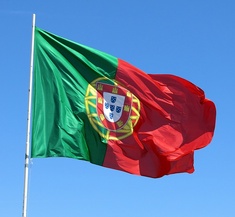
Five Islands of Portugal
First published: Sunday March 13th, 2022
Report this blog
Introduction.
For my seventh blog in this series I shall be writing about Portugal. There are a couple of reasons for this choice. Firstly, Portugal is a coastal nation with two groups of islands within it's territory as well as many islands just off the mainland coast. The other reason is to stop MG constantly moaning that I haven't done Portugal yet. Only joking my friend, I appreciate all your comments.
As with Spain, and to a lesser extent Italy, I have chosen three mainland islands and one each from the Azores and the Madeira archipelago. I think this will give a balanced result. As always there are many islands, both large and small, that haven't made the cut. This is because they are either too well known (like Madeira) or too small with no history to relate or no photos that are useable on JetPunk.
Here are my five choices for Portugal.....
Tavira Island.
In the far south of mainland Portugal in the Algarve region lies Tavira Island. Just a few hundred metres off the coast. It is part of the natural reserve of Ria Formosa and as such has some of the finest beaches in the country, including part reserved for naturist bathing.
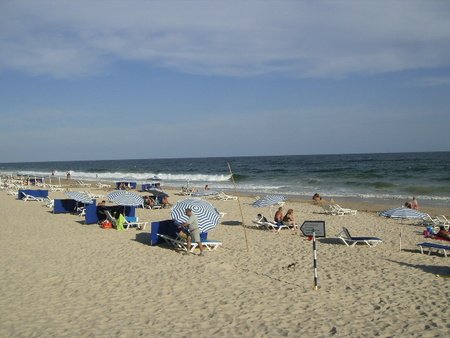
The island was a centre for tuna fishing from around 1840 right up until the 1960's when migration patterns changed. As a result the whole industry moved on, leaving fishermens cottages and canning factories abandoned.
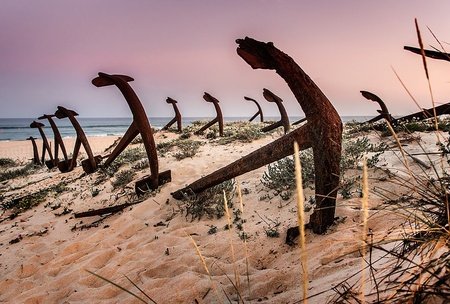
The fishermen used a technique developed by the Phoenicians when catching tuna. This involved nets on wooden frames fastened to anchors to hold the tuna in place against the ocean currents. When the industry moved on, the anchors were sited along one of the beaches as a memorial to the fishermen and women that lived on the island. The graveyard contains around 200 anchors that were left when the island was abandoned.
Other remnants from the tuna industry are the buildings that provide tourist shops and restaurants to visitors and a small narrow guage railway. This was originally built to transport the fish from the island to the mainland factories, but today carries tourists across to the island. A footpath runs alongside the railway and connects to a floating bridge to the mainland.
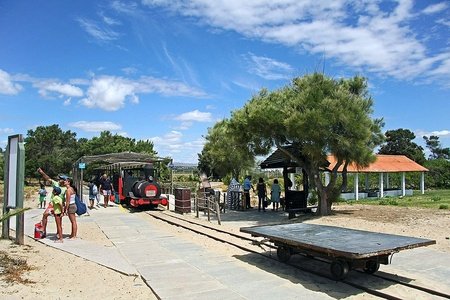
The island can be reached by ferry from either Tavira town or Quatro Águas, and by foot over the floating bridge from Pedras d’El Rei, and then on the small train along the spit to the main part of the island.
There is a campsite on the island with limited pitches available if you wish to stay overnight. Despite the restaurants and shops in the old fishing village, there are no hotel facilities.
The independent travel blog Amused by Algarve has an excellent review of the island with more photos.
Pessegueiro Island.
The name of this island translates to Peachtree Island and is part of the Southwest Alentejo and Vicentine Coast Natural Park situated in the south west of the country.

Despite it's name, Peachtree Island has no peach trees, the name being a mistranslation from the Latin word piscatorius or piscarium refering to the fishing industry that was present during Roman times. In fact the fishing centre was probably there at the time of the earliest inhabitants, the Carpathians in the second century BC.
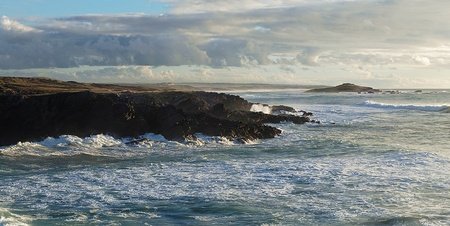
In 1590, work began on the construction of a fort on the island to provide a defence against pirates and privateers, and to support the main fort on the mainland. The fort was of a star shaped design and significant remains still exist on the island despite the destruction caused by the 1755 Lisbon eathquake.
According to local tradition, in the 18th century, Barbury Pirates raided the island and killed the only inhabitant, a Christian hermit monk that was maintaining a chapel dedicated to the Virgin Mary. The nearby population searched the island finding the statue of Mary in a burnt bush, but completely intact. It was transported to the mainland, where it resided in a new chapel called the Chapel of the Burned Virgin.
The island can be reached by boat from Porto Covo, although there is no regular service.
This website has a description of the island and chapel with some old photographs.
Berlenga Grande.
Berlenga Grande is the largest island in the Berlenga archipelago, about midway along Portugal's Atlantic coast just to the north of the capital, Lisbon. It is the only inhabited island of the group, although this is not on a permanent basis.

There has been habitation on the island since Roman times, it was mentioned in Ptomely's gazeteer, Geography, published in the 2nd century. It was visited by Muslims, Vikings, and privateers over the years, and it was thought to have been a sacred place to the Phoenicians.
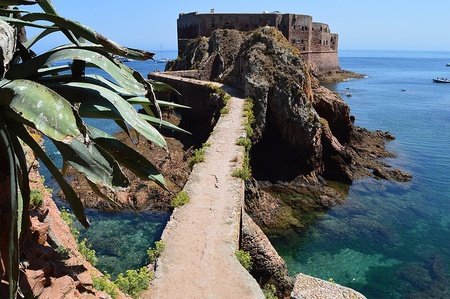
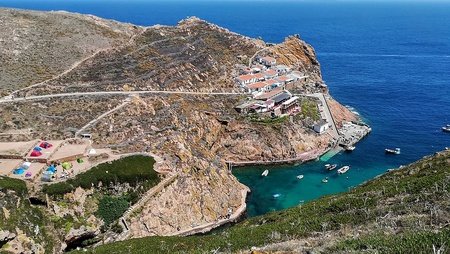
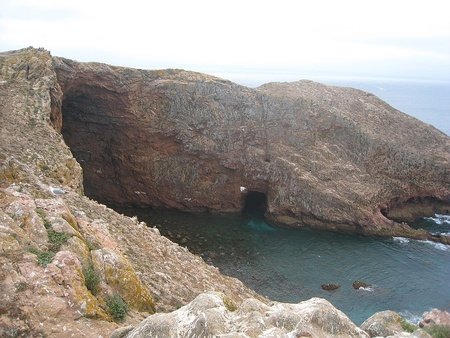
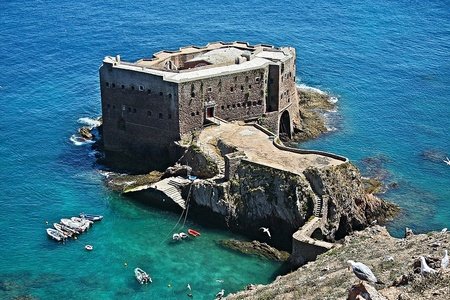
In 1513, a monastery was built with the support of Queen Eleanor, to aid navigation and to help victims of shipwrecks. However, less than a century later, the island was abandoned due to disease, communication problems and attacks by pirates.
In 1655 a fort was built on the site of the monastery which was now in ruins. The castle was occupied for many centuries and repelled attacks by Spanish corsairs, and was home to a British battalion during the French incursion into Iberia in the 19th century.
In 1953, development and restoration of the fort was started but this wasn't completely finished until the 1980's. The fort is now open to visitors.
Berlenga Grande is part of the Reserva Natural das Berlengas or Berlengas Nature Reserve, as there is a great diversity of flora and fauna on the islands.
The island can be reached by ferry from Peniche. The journey takes about 45 minutes.
This website has some great photos of the island.
Corvo Island.
Corvo Island or in Portugese, Ilha do Corvo, literally means "Island of the Crow". It is thought to come from the local name for the cormorant, the Marine Crow. Corvo is the smallest and most northerly island of the Azores archipelago.
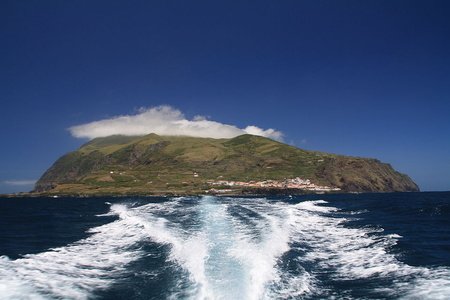
The island's history begins in the 14th century when the Azores appear on Genovese maps dated 1351. Although there are stories of the islands being visited by the Carpathian Empire as early as 200BC, a theory backed up by the discovery of Phoenician coins on the island in 1749, although modern scholars now believe the coins were found in the mainland town of Corvo.

The island was discovered in 1452 by Diogo de Teive on his return from exploring the coast of Newfoundland. But it wasn't until 1580 that a permanent settlement was establshed. Formally constituted in 1674 it was 1832 before the settlement could be called a functioning society.
The island first emerged as a volcano around 730,000 years ago, although the crater was formed during a collapse at the time of a Plinian eruption around 430,000 years ago. The caldera is now a protected area.

The only settlement on the island is Vila do Corvo. It consists of mainly residential homes with small businesses nearby. The main industry on the island is subsistence farming, an activity that has been undertaken since the first settlers almost half a century ago.

The island can be reached by air, although only from other parts of the Azores, no international flights land at the small airport.
Alternatively, by ferry from Flores Island.
The island's official website has a gallery of photos and information about the island.
Porto Santo.
Porto Santo is located approximately 27 miles, or 43 kilometres, northeast of Madeira in the Atlantic Ocean. It was named by sailors in the 15th century that were blown into the island's natural harbour by storms. They believed in devine deliverance from the storm and so called the island Porto Santo or "Holy Harbour"
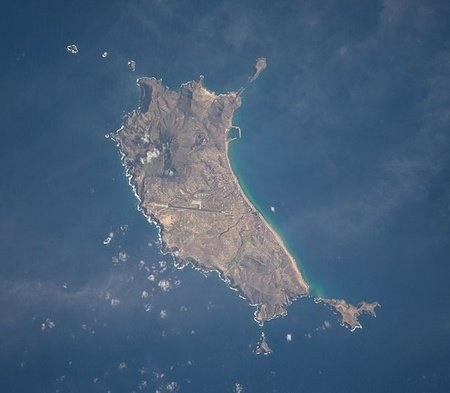
Although, the first known discovery of the islands was 1418, the Madeiran archipelago, including Porto Santo, appeared on maps as early as 1339. The move by Portugal to claim the islands was probably a response to Spain's annexation of the Canary Islands. The first settlers arrived in 1445.

One of the island's most famous inhabitants was the explorer Christopher Columbus. He married a noblewoman from the island, Filipa Moniz Perestrelo, and they lived there for a while. There home, pictured opposite, is now a museum.
The main source of income for the island is tourism. There is an internationally renowned golf course designed by Seve Ballesteros, and several hotels.
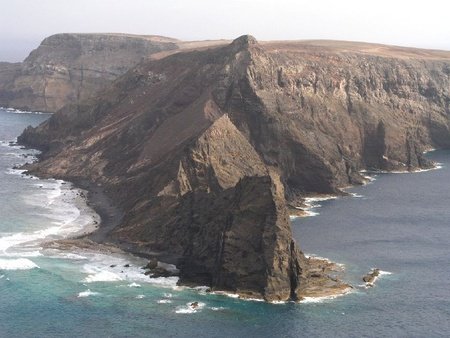
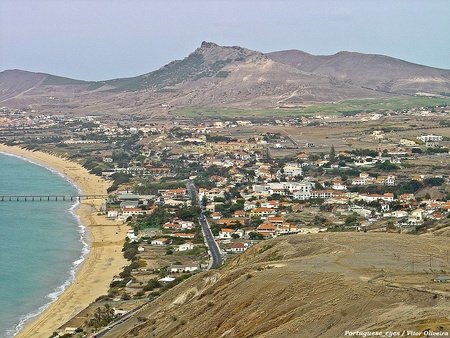
Porto Santo can be reached by air from Madeira, mainland Portugal and other parts of Europe via charter aircraft.
There is also a ferry service from Madeira.
The island's official website has all the information you need to visit the island, as well as a photo gallery, and postcard section where you can send a virtual card to an email address.
Summary.
So anyway, thats MG satisfied for now, although I'm sure there wil be more comments from him, always welcome my Brazilian friend, Keep them coming !
I hope you enjoyed reading about five of Portugal's smaller, less well known islands.
Please comment below, I read them all and try to reply to every one.
Suggestions for other countries are also welcome, I will add them to my list of blogs to be made.
That's it from me for now. As always , Stay Safe.

P.S. What gold, I havent got any gold.